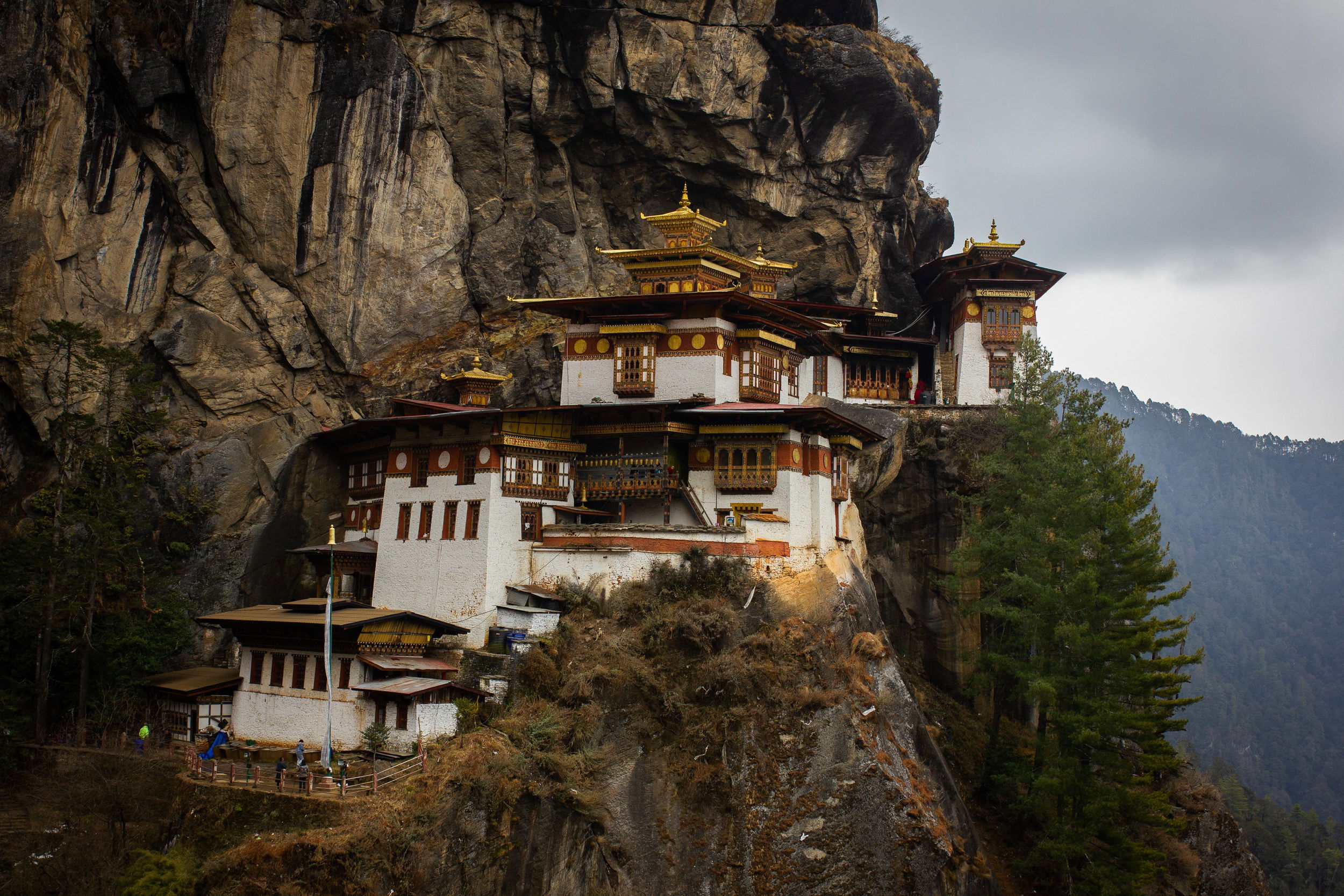History of Bhutan: From a Traditional Hill Nation to a Modern Tourist Destination
Introduction
Bhutan, a small hill kingdom located on the Himalayan plateau, is known worldwide for its ancient history, cultural heritage, and breathtaking natural beauty. Known as the 'Land of Gods', the kingdom attracts tourists for its unique natural scenery, traditional religious ceremonies, and various historical sites. Bhutan's history, political changes, and tourist destinations highlight the diverse character of this kingdom.
Ancient history and religious influence
The history of Bhutan begins around 800 AD, when the Indian religious leader Padmasambhava (Padmasambhava) came here to preach Buddhism. Through his efforts, Buddhism became the main religion of Bhutan. Ancient Bhutan was ruled by various dynasties, most notably the short-lived Tuk Phag Singh Rigel dynasty, founded in the 9th century. Under this dynasty, Bhutan developed into a powerful religious and political center.
Druk Yul and Unification
In the 19th century, Bhutan witnessed a significant political change. In 1907, Jigme Dorji Wangchuck was crowned as the first Druk King (Dragon King) and established the country's modern system of government. During his reign, Bhutan became a constitutional monarchy and achieved political stability under the ruling dynasty.
Colonial era and modernization
Bhutan's modern history is largely shaped by colonialism and the process of modernization. After India's independence in 1947, Bhutan signed a landmark treaty with India and England, which recognized the country as an autonomous kingdom. In the 1960s, Bhutan embarked on a series of modernization initiatives, including initiatives to improve education, healthcare, and infrastructure.

Tourism and culture of Bhutan
Bhutan's tourism industry relies heavily on its natural beauty and cultural heritage. The country is known for its famous mountain scenery, traditional monasteries, and various religious festivals. Some of the major tourist attractions in Bhutan include:
- Paro Taktseng : Bhutan's most famous monastery, also known as 'Tiger's Lanch'. It is built on top of a magnificent mountain and is an important religious center of Buddhism.
- Thimphu : The capital city of Bhutan, home to the parliament building, the national library, and various cultural centers. Thimphu has strong religious and political importance.
- Punakha Dzong : A historic fortress and monastery, built in 1637. It is one of the most important religious sites in Bhutan and is known for its beautiful architecture.
- Festivals : Bhutan has various religious festivals, such as the 'Festival of the Dragon' and the 'Bumthang Festival', which celebrate the country's cultural heritage.
- Bhutanese Cuisine : The country's specialties, such as 'Ima Dachi' (cheese with chili) and 'Dal Dang' (lentil stew), provide a remarkable experience for tourists.
Bhutan's development and future
Bhutan currently follows a mixed economic system, which emphasizes environmentally friendly development and cultural preservation. The concept of 'Gross National Happiness' (GNH), which is considered the country's development motto, focuses on improving the standard of living of the people.
Conclusion
Bhutan's history, natural beauty, and cultural heritage make it a special travel destination. Its ancient religious sites, modern developments, and unique cultural experiences provide a remarkable experience for tourists. Bhutan's mountainous scenery, hist